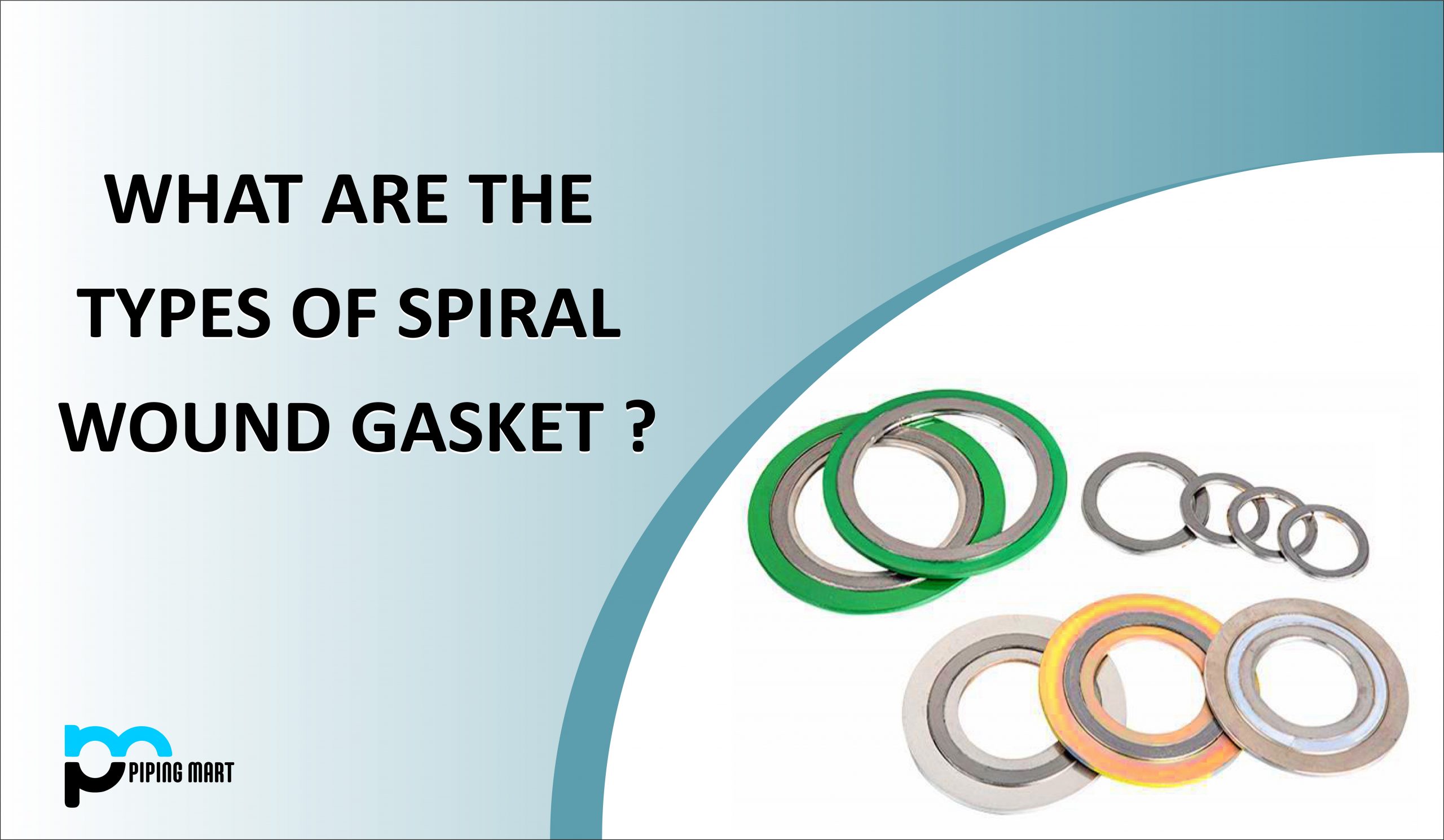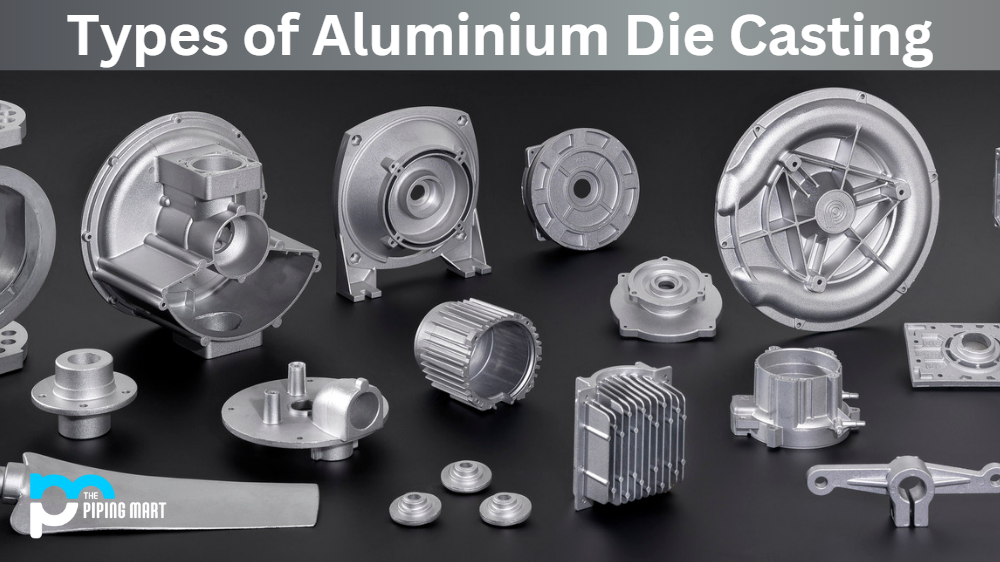Are you wondering which type of spiral wound gasket best suits your needs? With so many different materials and features to consider, the decision can be overwhelming. To help make your search easier, this blog post will provide an overview of four common types of spiral wound gaskets and their basic uses. We’ll discuss the features and benefits that each has to offer, allowing you to compare them side-by-side as well as determine which one is capable of meeting your particular requirements for performance, safety, reliability, and cost effectiveness. Keep reading to see how selecting a good quality spiral wound gasket can save you time and money in the long run!
Spiral Wound Gasket Color Coding
Color coding is used for all spiral wound gaskets. The material information of the gasket components is provided by the colors of the outside rim and the color of the stripe along the rim. The color of the outside rim indicates the material of the gasket’s winding, whereas the color of the rim strip indicates the material of the gasket’s filling.
The following are some common outside rim colors that indicate the material for the inner ring and metallic windings:
- Yellow – 304 stainless steel
- Green – 316 stainless steel
- Turquoise – 321 stainless steel
- Blue – 347 stainless steel
- Orange – Monel
- Black – Alloy 20
- Silver – Carbon steel
- Brown – Hastelloy B
- Beige – Hastelloy C
- Gold – Inconel
- Red – Nickel
- Purple – Titanium
Similarly, the common rim strip colors are:
- Pink – mica paper
- Gray – graphite
- White – PTFE
- Light Green – ceramic
Yellow, green, and orange are the most common outside rim colors in the oil and gas sector, indicating that SS-304, SS-316, and Monel are the most commonly used spiral wound gasket outside rim materials. Gray, which denotes graphite, is the most popular strip color in the oil and gas industry.
Spiral Wound Gasket Types
Spiral wound gaskets are available in a variety of types. The following are some examples of popular spiral wound gasket types:
Style CG:
This spiral wound gasket has a sealing element and an outside metal ring. By limiting over-compression, the outer ring provides optimal sealing performance. The ring also facilitates the location of the gasket on the mating flange faces. Style CG gaskets are intended for use on raised and flat-faced flanged connections. They are commonly utilized in mild-to-moderate service situations.
Style CGI:
This spiral wound gasket has an inside metal ring as well as an outside metal ring. The inner metal ring of the CGI type gasket limits the inner and outer diameters of the sealing element. It acts as an extra compression barrier and prevents the sealing element’s internal bending. At the same time, it forms a physical barrier between the sealing element and the process stream, protecting it from heat and preventing erosion. Spiral wound gaskets of style CGI are indicated for use on raised and flat-faced flanged connections with moderate to severe service conditions.
Style R:
Style R gaskets are made up of a sealing element and metallic plies that are utilized at the beginning and end of the winding operation. This increases the spiral wound gasket’s stability and sealing effectiveness. On tongue and groove, male and female, and flat to groove flanged connections, Style R gaskets are utilized.
Style RIR:
It is made up of a sealing component and an inner metal ring. The inner ring acts as a compression barrier and establishes a physical barrier between the sealing element and the media stream. The inner ring has been carefully constructed to decrease turbulent flow. This will reduce flange erosion and debris buildup in the annular gap between the pipe bore and the gasket’s internal diameter. They may be used on both male and female (spigot and recess) flanged connections.
There are several more types of spiral wound gaskets that are utilized for specialized applications.
Spiral Wound Gasket Specification
Spiral wound gaskets are specified using various parameters like:
- Nominal Pipe Size
- Pressure Rating Class of the Connecting Flange
- Gasket Design and Manufacturing Standard
- Required Gasket Style
- Materials for the outer and inner rings, as well as the winding
- Dimensions of the Flanges
- Where it will be employed as a fluid service (Optional)
- Temperatures for design and operation applications(Optional)

Pipingmart is B2B portal specializes in industrial, metal and piping products. Also, share latest information and news related to products, materials and different types grades to help business dealing in this industry.




